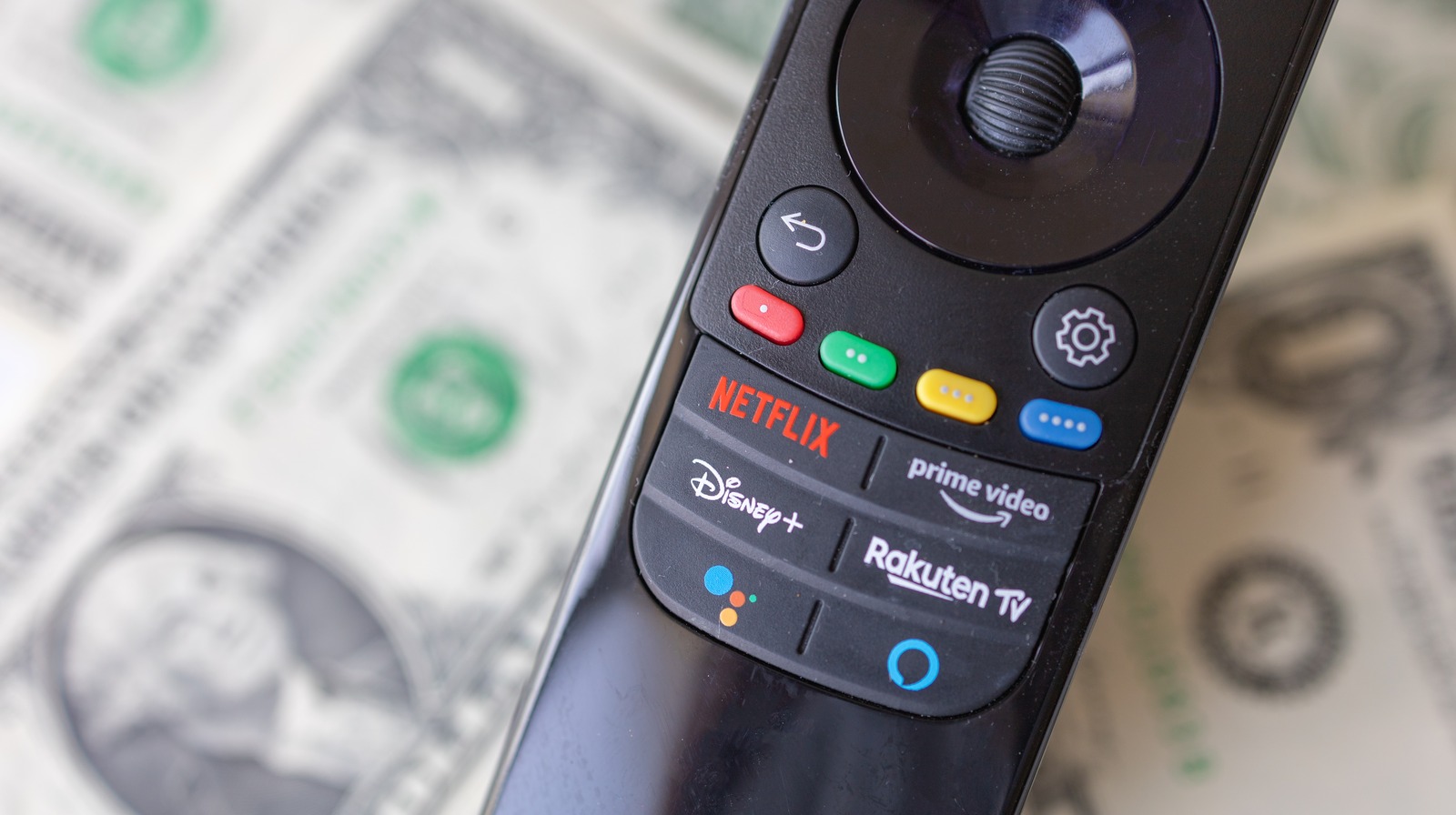
"Television has come a long way since the days when your grandparents spent their evenings arguing over who had the remote. From the introduction of smart TVs to the advent of streaming services, modern home viewing experiences - and the remotes that direct them - are almost unrecognizable from their origins. First introduced in the 1950s, TV remote controls have defined the public's viewing habits since the channel surfing era, growing into a cultural touchstone now used by sociologists to study family and social dynamics."
"Which streamers television providers place on their remotes is no accident, as selling remote space has evolved into a lucrative revenue stream. Like paying for the name of a football stadium, companies have begun to treat their physical products as avenues for increased advertising space. Television companies have grasped the opportunity with both hands, while content providers continue to look for ingenious ways to influence how you consume media."
Remote controls have evolved from simple channel changers into advertising platforms filled with branded shortcut buttons directing viewers to subscription services. Manufacturers and streaming providers sell prominent remote space as a lucrative revenue stream, turning physical devices into marketing real estate. These embedded ads are designed to shape viewing behavior and prioritize major platforms, creating a competitive advantage for large companies. The practice can divert attention and subscribers away from small, local, and free streaming options and raises concerns about undue influence on consumer choices and fairness in the streaming marketplace.
Read at SlashGear
Unable to calculate read time
Collection
[
|
...
]